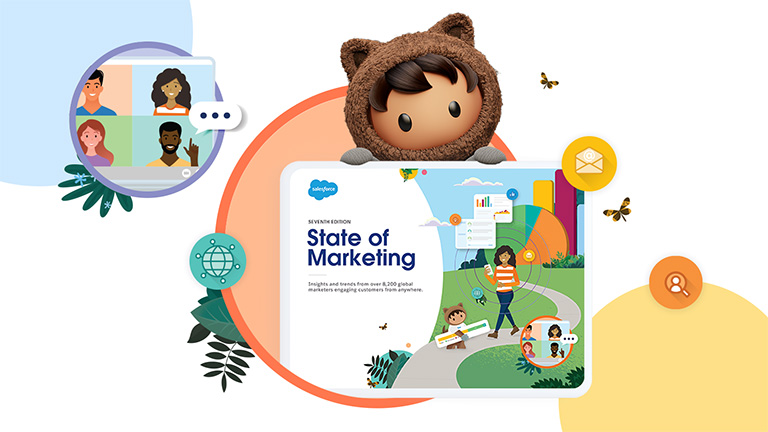With inputs from Ankit Misra, Lead Solution Engineer
Digital marketing is undergoing a sustained disruption, with the crumbling of ‘cookies’. These seemingly harmless bits of text, especially third-party cookies, were initially designed to record user behaviour and improve their online experience. But ad tech providers quickly seized upon them to create segmented data sets - information which was sold to advertisers to create highly targeted ads. These tracking cookies understandably raised privacy concerns among consumers, and companies such as Apple and Google have responded by bringing in measures to effectively end support for third-party cookies.
With the scrapping of third-party cookies’ data, marketers will need to look at going local and creating their own database. To do so, you will need to develop effective touchpoints for data collection on your online and offline channels. This data is opted-in and privacy-compliant, and aims to bridge the gap between offline and online marketing and create a seamless brand experience.
One way of using this data to transform your marketing ROI is by leveraging location-based marketing.
So, what is location-based marketing?
Instead of creating datasets based on user behaviour on the internet, location-based marketing involves securely collecting location data, with user consent, from ever-present smartphones. This data is then matched with existing transactional, behavioural and demographic data, with a view to further enriching first-party data. All with the objective of enhancing customer experience.
In other words, location-based marketing helps a brand provide consumers with relevant and timely details about products, services, events and more. This personalised information anticipates the customer's needs and is based on where they are at that moment, thus boosting convenience and user experience.
How can businesses use location-based marketing?
Location-based marketing can be used to great effect by retailers, restaurants, and other services that have a distinct offline footprint through the following tactics:
- Geofencing: Create a radius around a point of interest. When your target audience enters the radius, a system is triggered to send them personalised messages.
- Geotargeting: Audiences can be mapped based on historical visits to specific points of interest/real-world locations, and ads can then be accordingly sent to them. For example, people visiting a multiplex can be classified as cinema-lovers, while those visiting a gym can be seen as fitness enthusiasts.
- Geoconquesting: Here, the intended audiences are the customers of your competitors. With a timely message about an attractive offer, you can reroute your competition’s customer to your store. However, this smart marketing method only works with the data provided by third-party apps or social media websites.
Want to make your brand a part of your customers' daily lives?
How can businesses implement these location-based marketing strategies?
1. Enable data capture at touchpoints
2. Develop your own audience understanding
3. Bridge offline and online retail experience
Enhance location-based marketing with mobile marketing solutions
With location-based marketing, you can connect with and view your customers in an entirely new way, while also increasing your marketing ROI. To leverage this world of opportunities, organisations must be prepared with location-based, mobile marketing solutions that can enhance and deepen their interactions with potential and existing customers.
The key to an effective location-based marketing strategy is to obtain reliable first-party data from sources such as mobile location, mobile apps, point-of-sale, CRM, and beacon devices. This data can then be used by an effective mobile marketing tool, such as Salesforce Mobile Studio, to engage with your audience via SMS and MMS messages, WhatsApp or mobile app messaging.
With the help of Mobile Studio, you can:
Automate your marketing efforts to send out time-sensitive and relevant messages to customers based on location, demographics, and individual preferences.
- Mobile Studio helps you trigger location-based alerts and target them further with beacons
- For devices in close proximity - within feet- Bluetooth, low-energy beacon devices can be used to deliver messages and draw attention to specific offers.
- Build complete user profiles by capturing preferences and attributes, and know your audience better.
- Create contextual mobile pages with rich push capabilities. Share event maps, restaurant menus or other visual content specific to a time and place.
- Align campaigns to create a smooth and consistent journey for your customers.





